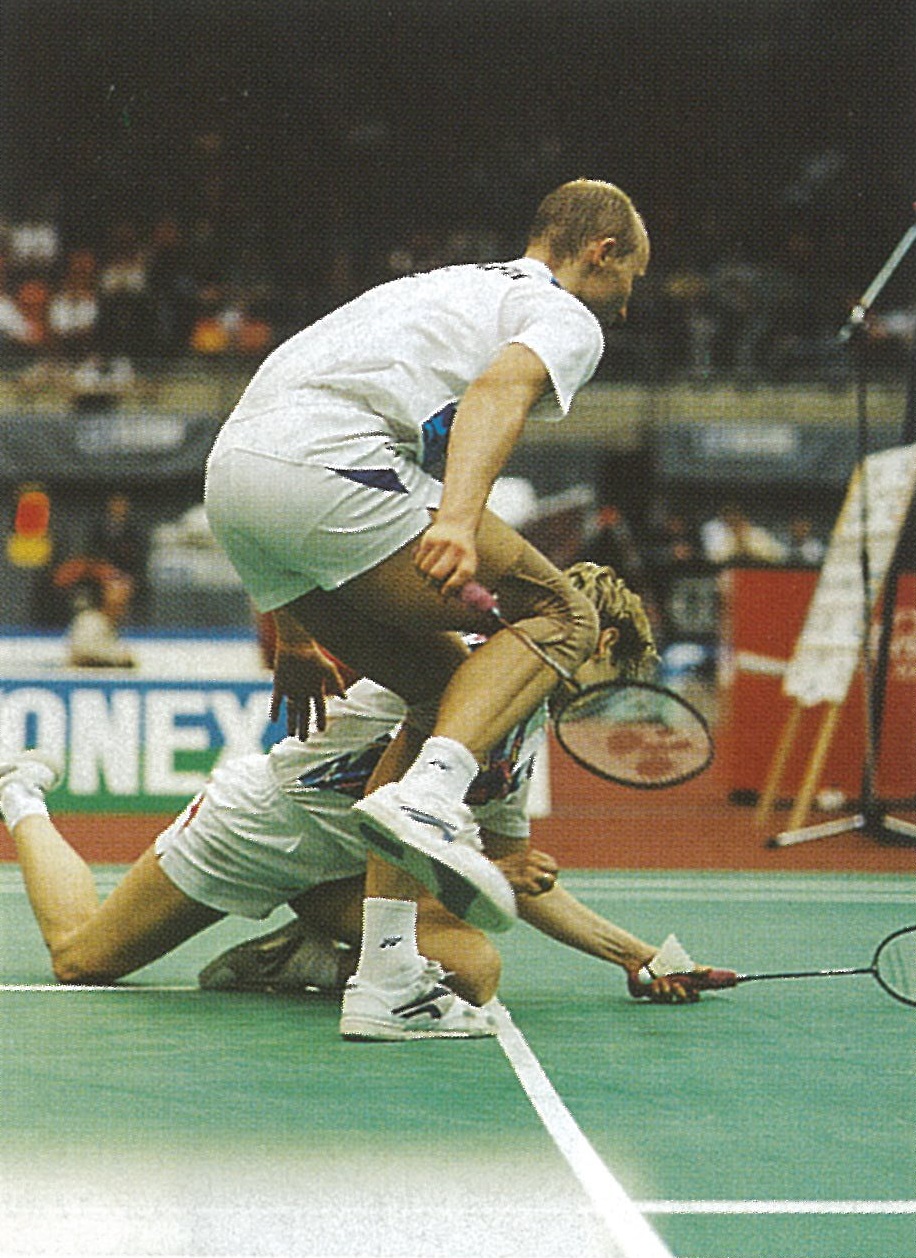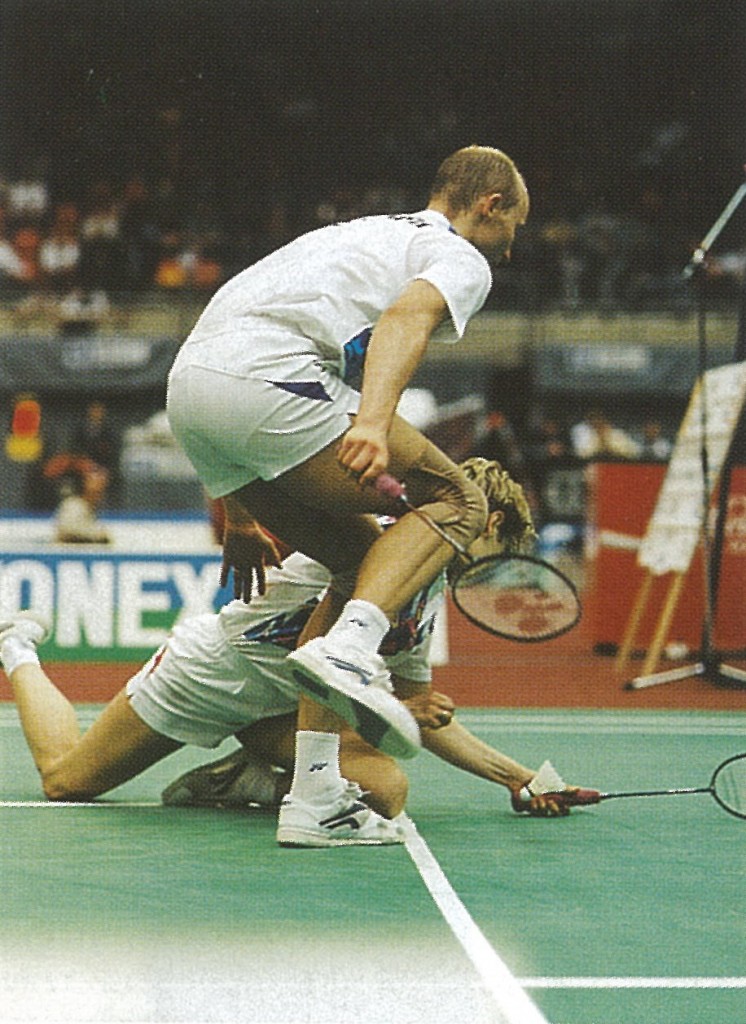Image source: Carnegiecentre.com
In the second part of our interview with Thomas Lund, the mixed doubles winner at the World Championships in 1993 and 1995, we delve into the evolution of the game since the 1990s. Lund shares his insights on the changes in playing styles, support systems, and the impact of badminton becoming an Olympic sport.
Choosing Men’s Doubles Over Mixed Doubles
Lund reflects on his decision to drop the mixed doubles event and focus on men’s doubles instead. He admits that it was a tough choice, but he and his partner Jon Holst Christensen were drawn to the higher level of competition in men’s doubles. Despite their success in mixed doubles, Lund felt there was more to prove in the men’s doubles category.
Bạn đang xem: The Evolution of Badminton: A Look Back at the 1990s
The Changing Game of Doubles
Image source: Carnegiecentre.com
Xem thêm : BWF News Rewrite and Interpretation
Lund notes that the game of doubles has seen various styles emerge over time. The physicality of the players has increased, allowing for more offensive and powerful gameplay. However, defensive pairs still exist in men’s doubles. The overall speed and strategies in the game have also evolved with the growing physicality of the players.
The Evolution of Support Systems
Lund discusses the changes in support systems, including physiotherapy and sports science, during the 1990s. As badminton became an Olympic sport, more resources were dedicated to improving player support. While the support systems of that time may not compare to those of today, badminton was not significantly lagging behind other sports. Lund attributes his injuries to his own physical weaknesses rather than a lack of medical knowledge or training systems.
Building Knowledge and Pushing Boundaries
Lund emphasizes that the 1990s marked a shift towards professionalism in badminton, with players training full-time. This increase in training intensity naturally raised the risk of injuries. However, it also allowed for the accumulation of knowledge on how to prevent and manage these injuries. Lund acknowledges that mistakes were made during this period, such as players taking on too much pressure or playing too many tournaments, but these experiences helped shape the sport for future generations.
The Impact of Television and Olympic Status
Image source: Carnegiecentre.com
Xem thêm : News | BWF World Championships
The 1990s brought significant changes to badminton, including increased television coverage and the sport gaining its Olympic status in 1992. Lund highlights the importance of being an Olympic sport, not only in terms of exposure but also the support and resources provided by national sport systems, federations, and governments. The Olympic status has allowed the sport to grow and thrive, benefiting players and fans alike.
FAQs
Q: How did the game of badminton change in the 1990s?
A: The game of badminton saw an increase in physicality and the emergence of various playing styles. The overall speed and strategies evolved with the growing athleticism of the players.
Q: Did badminton have support systems in the 1990s?
A: Yes, badminton had support systems in place during the 1990s, although they may not have been as advanced as they are today. The sport kept pace with other sports in terms of medical support and training facilities.
Q: How did badminton benefit from becoming an Olympic sport?
A: Badminton’s Olympic status brought increased resources and support from various entities, including the IOC, sports federations, and governments. This support facilitated player development, tournament hosting, and overall growth of the sport.
Conclusion
The 1990s marked a transformative period for badminton, with changes in playing styles, support systems, and the sport’s Olympic status. Professionals like Thomas Lund played an instrumental role in shaping the game’s future, accumulating knowledge, and pushing the boundaries of what was possible on the court. Today, badminton continues to evolve, combining athleticism and strategy to captivate audiences worldwide.
For more information and updates on badminton, visit Carnegiecentre.
Nguồn: https://carnegiecentre.com
Danh mục: Tin tức






